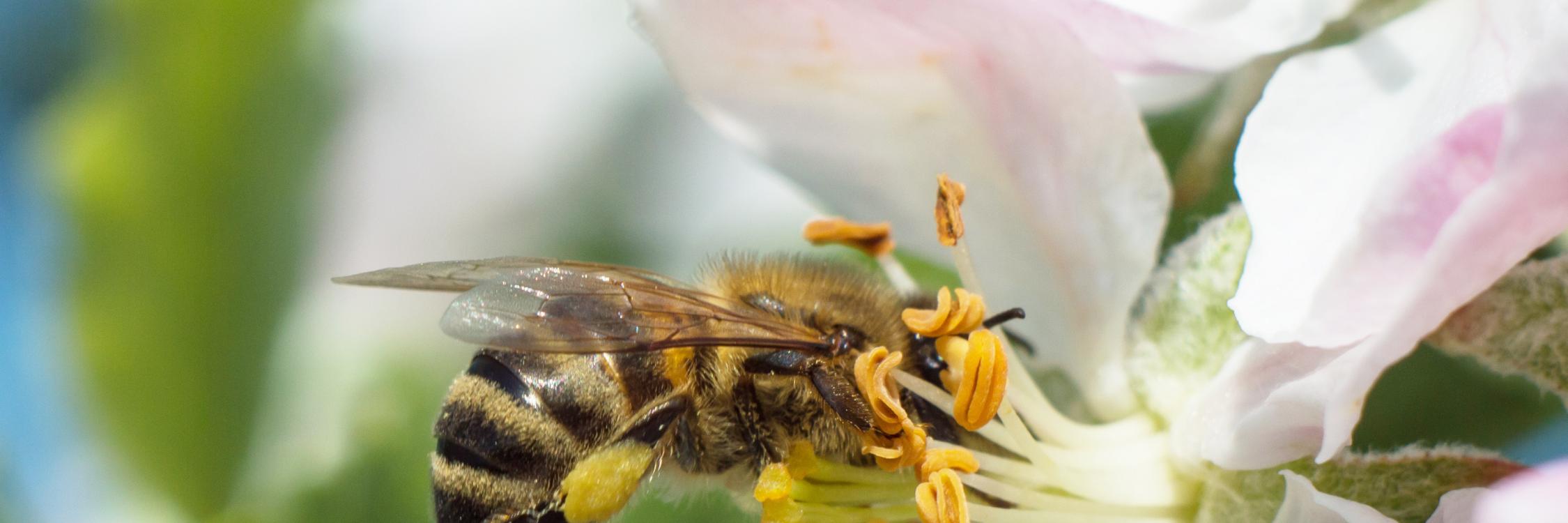
Protecting Pollinators
Best Management Practices for Sevin Carbaryl Insecticide
The effect of Sevin® carbaryl insecticide, on bee and other pollinator populations is an important consideration when preparing to make an application to agricultural crops. Sevin should always be used in accordance with the label directions to achieve proper results and to avoid harm to any non-target organism.
Key Considerations:
- Carbaryl is highly toxic to pollinators exposed to direct spray treatments.
- Do not apply Sevin to blooming plants (including fruit and nut trees, flowering crops, and weeds) unless an exception is specifically stated on the product label.
- Mowing weeds or cover crops that are in bloom prior to applying this product will reduce hazard to bees.
- Avoid spray drift on to blooming crops by not applying Sevin when environmental conditions, such as wind, could move spray drift on to non-target crops.
- Applications, once dry, are less harmful to pollinators but residual toxicity, especially in humid climates and under slow drying conditions, can occur.
- Notify beekeepers within 1 mile of treatment area at least 48 hours before product is applied to allow them to take additional steps to protect their bees. Limiting application to times when bees are least active, e.g., within 2 hours of sunrise or sunset, will minimize risk to bees.
- Field studies have shown that Sevin XLR PLUS is less hazardous to honey bees than other carbaryl products when spray residues have dried.
- Read and follow the Sevin label directions before making any application.